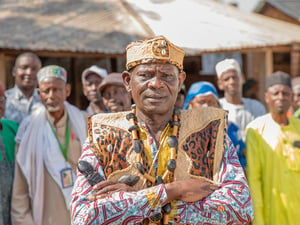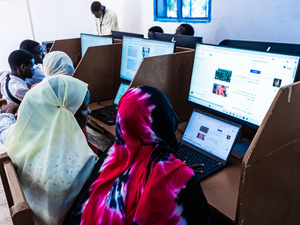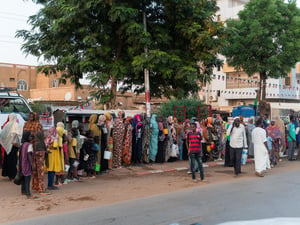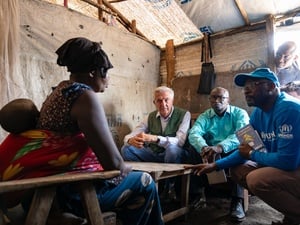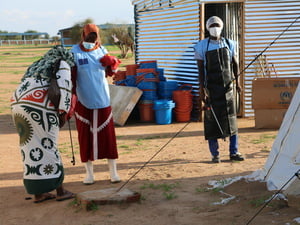Central African Republic emergency
Central African Republic emergency
Insecurity, conflict and climate shocks continue to fuel displacement in the Central African Republic and its neighbouring countries. UNHCR is scaling up efforts to support voluntary returns, strengthen protection and support durable solutions.
Countries affected: Cameroon | Central African Republic | Chad | Democratic Republic of the Congo | Republic of the Congo
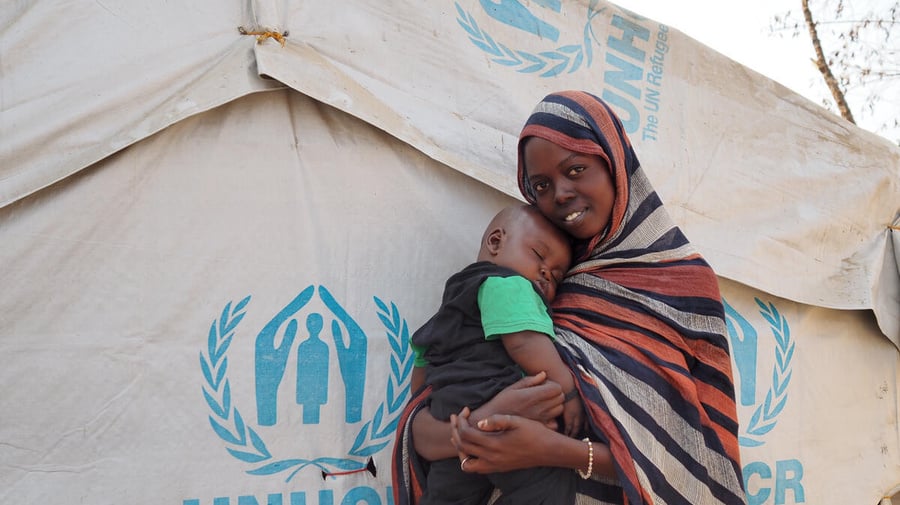
After fleeing airstrikes in Sudan while nine months pregnant, Wifak and her husband Adam rebuilt their lives in Birao, Central African Republic. With support from UNHCR, they created a welcoming home and reopened their bakery, restoring hope and community ties.
people in the Central African Republic are refugees and asylum-seekers
people in the Central African Republic are internally displaced by conflict
Central Africans refugees and asylum-seekers registered in neighbouring countries
The Central African Republic moves toward solutions amid persistent displacement and new Sudan arrivals
Protracted crisis: UNHCR may designate some situations as protracted crises. This is an informal classification that indicates a long-term crisis with widespread and deepening humanitarian needs. The Central African Republic falls into this category. Learn more about UNHCR emergency classifications.
My hope is that young people can return home to rebuild our country. For my part, I would simply like to see with my own eyes the day when we will be back.
What is UNHCR doing to help?
In 2026, UNHCR will support the national durable solutions strategy, implement tripartite agreements for safe returns, and strengthen post-return support through basic services and self-reliance opportunities.
It will reinforce legal frameworks, promote accession to statelessness conventions, and expand civil documentation. Emergency response for new arrivals from Sudan will continue, alongside cash assistance and community-based protection.
UNHCR will work with development actors and the private sector to improve conditions in return areas, including through the Baoro Development Hub. Socio-economic inclusion will be promoted via access to finance, vocational training, and social protection, while gender equality and GBV prevention will be strengthened through safe spaces and survivor services.

